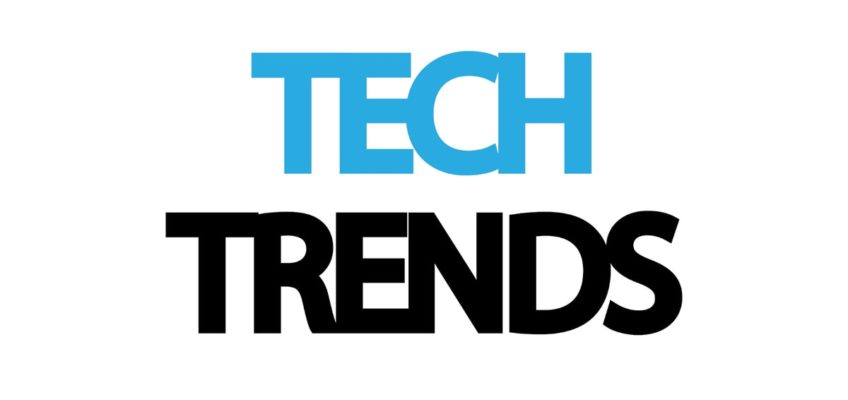VR provides the ideal training tool for gaining the emotional intelligence and cognitive behavioural understanding needed to develop situational awareness.
Situational awareness involves understanding how information, events and actions around us impact our current situation and how changes might impact the future. While it is important in all settings, it is especially critical in high stakes, rapidly-changing environments such as healthcare, law enforcement, leadership, air traffic control, ship navigation, and nuclear power plant operation (to name but a few) where a bad decision could have serious or dangerous consequences.
Individuals differ in their baseline level of situational awareness. Some people are “naturals” whereas others struggle. Fortunately, situational awareness is trainable.
There are at least three critical aspects of situational awareness. First, one has to have a strong knowledge base. For example, medical personnel must have a deep understanding of symptom-medications relationships, leaders must be able to identify discrimination and harassment, and law enforcement must know the rules of engagement.
Situational awareness involves understanding how information, events, and actions around us impact our current situation and how changes might impact the future Share on XSecond, one has to have a strong repertoire of behaviors. It does no good to know “what” to do, if one does not know “how” to do it. For example, a surgeon must be able to perform the steps of a surgery, leaders must know how to rid their behavior of anything that shows bias, and law enforcement must be able to communicate effectively. Finally, one must be able to “read” and “feel” the current situation and always be predicting one or two steps into the future. Triage is a great example of this. One must prioritize patients based on the currently available medical supplies and the seriousness of their injuries but must also be keenly aware that additional patients are on their way.
Each of these three pieces of information is mediated by a different learning system in the brain. Gaining a solid knowledge base of what to do (and when) relies on the cognitive skills learning system in the brain, which has evolved to obtain knowledge and facts and to tie those to specific situations. I refer to this as the “what” system. Cognitive skill learning is mediated by the prefrontal cortex, hippocampus and associated medial temporal lobe structures in the brain and relies heavily on working memory and attention.
There is strong scientific evidence that “overthinking it” hinders behavioral skills learning Share on XObtaining a strong behavioral repertoire relies on the behavioral skills learning system in the brain. It is one thing to know what to do, but it is another to know how to do it, and to evidence the appropriate intent in one’s behavior. I refer to this as the “how” system. Behavioral skill learning is mediated by the basal ganglia and gradual, incremental dopamine-mediated changes in behavior. Interestingly, this system does not rely on working memory and attention. In fact, there is strong scientific evidence that “overthinking it” hinders behavioral skills learning. Processing in this system is optimized when behavior is interactive and is followed in real-time (literally within milliseconds) by corrective feedback. Behaviors that are rewarded will be more likely to occur in the future, and behaviors that are punished will be less likely to occur in the future.
It is one thing to know what to do, but it is another to know how to do it Share on XThe ability to “read” a situation relied on emotional learning. The emotional learning system in the brain has evolved to facilitate the development of empathy and understanding of our and others’ behaviors. Emotional learning is about nuance, but nuance that is critical to success. Whereas one can have all of the facts and figures available, and can have a strong behavioral repertoire, in the end one has to extract the appropriate information and engage the appropriate behavior in each distinct situation. I refer to this as the “feel” system. The critical brain regions are the amygdala and other limbic structures. The detailed processing characteristics of this system are less well understood than the cognitive and behavioral skills learning systems, but emotional learning is at the heart of situational awareness as emotional processing strongly affects both cognitive and behavioral skills learning.
The ability to “read” a situation relied on emotional learning Share on XAn individual with strong situational awareness can accurately read any situation, adapts quickly and knows what to do in each situation, and has the behavioral repertoire to engage each situation with the appropriate set of behaviors. Although the three learning systems in the brain are distinct and involve different cognitive and emotional processes, they ultimately all reside within a single brain with massive interconnections. Thus, the optimal method for training situational awareness is to combine the cognitive skills associated with gaining facts and knowledge with the behavioral skills associated with appropriate action in all situations. VR offers an ideal medium for achieving these goals and engaging all three systems simultaneously.
If 360-degree VR is available this offers a great starting point for engaging both the cognitive skills and emotional learning systems. 360-degree VR is immersive and engaging. It combines a rich set of contextual cues that draw learners in.
To truly engage behavioral skills learning and emotional centers in the brain, interactive VR solutions are needed Share on XA broad-range of routine and non-routine situations can be experienced, some of which include emotion, stress and pressure and others that do not. Because the learner is “in” the situation, there is no need to use imagery to translate a situation described in text into a realistic 3D representation. This significantly reduces the working memory and attention load on the learner and engages an array of visual representation areas that are not engaged with traditional training techniques. Yet although effective for engaging cognitive and emotional learning, and leaving the learner poised for behavior change, 360-degree VR is not interactive in real-time.
To truly engage behavioral skills learning and emotional centers in the brain, interactive VR solutions are needed. As with 360-degree VR, a broad-range of routine and non-routine situations should be experienced, some of which include emotion, stress and pressure and others that do not. In addition, the interactor, whether an avatar whose behavior is driven by artificial intelligence or a human actor, should push the learner through complex and challenging interaction. This should include a range of environmental situations like ones that might be experienced in law enforcement, power plant management, healthcare, etc., but critically also with a broad array of individuals that vary in age, gender and ethnicity. The idea is to challenge the learner in VR so that they are prepared for anything in the real world -where it counts.
For companies looking to get into Immersive technologies such as VR/AR/MR/XR our Virtual Reality Consultancy services offer guidance and support on how best to incorporate these into your brand strategy.
Todd Maddox is Science, Sports and Training Correspondent at Tech Trends, and the CEO of Cognitive Design and Statistical Consulting. Follow him on Twitter @wtoddmaddox



